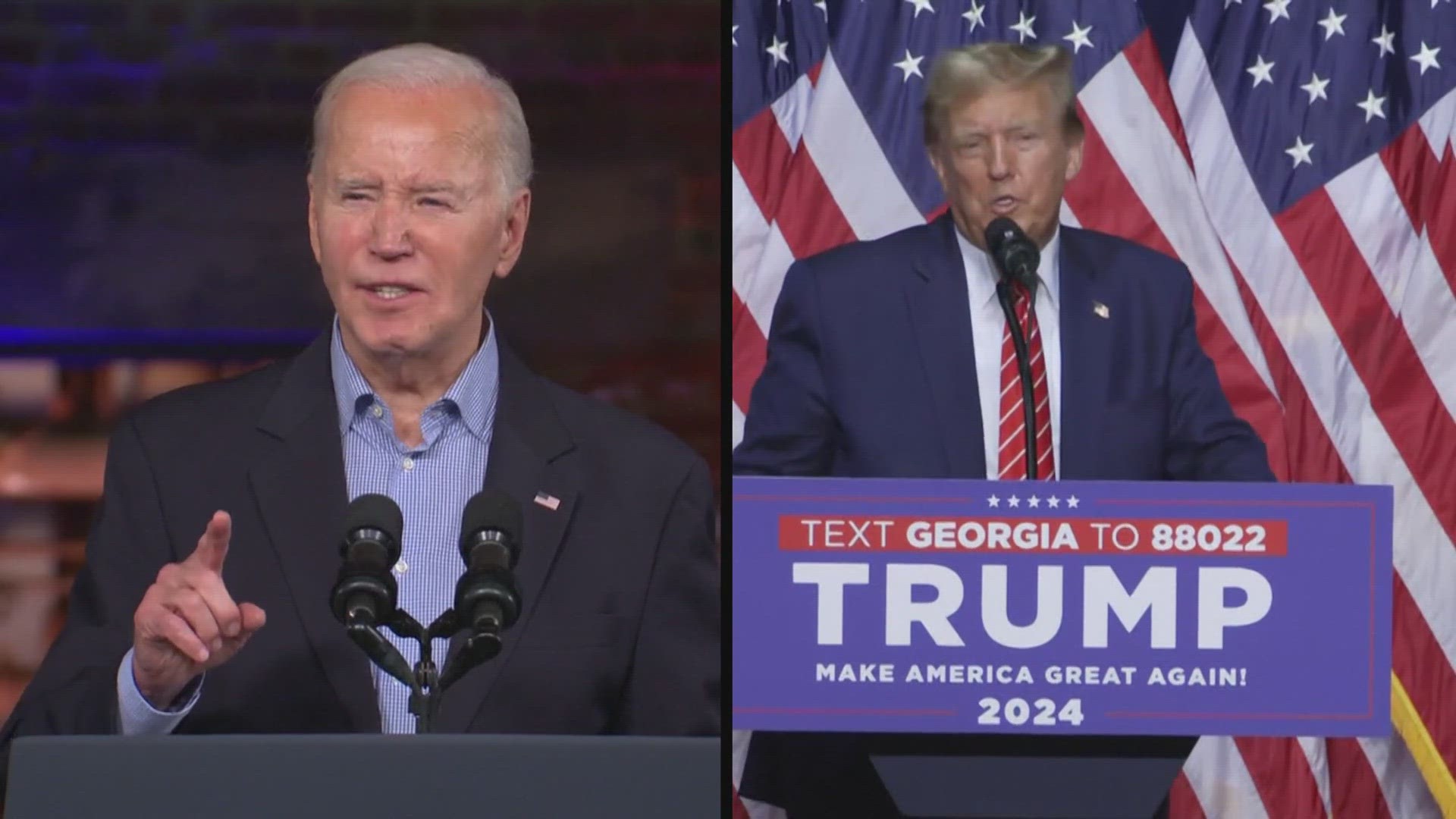SEATTLE — Washington state’s presidential primary was on March 12 and voters may wonder why they had to choose a party and what voter information is public record.
A KING 5 viewer wrote our Verify team wondering what information is public when selecting a party declaration in the presidential primary.
THE QUESTION
Could you verify what (voter) information is public knowledge, please?
THE SOURCES
- Washington’s Office of the Secretary of State
- National Conference of State Legislatures
THE ANSWER
Yes, your voter record is public information, but the information accessible is limited and the party you select in the primary is only on your voter record for 60 days following certification.
WHAT WE FOUND
Washington state voters do not choose a political party when they register to vote, so party affiliation is not recorded on your voter record.
According to the Washington secretary of state's office, presidential primaries in the state are different because voters must choose a political party for their vote to count. This process is what allows parties to determine who their nominees will be for the general election.
Voters will not remain affiliated with the party they choose, and their choice will be removed from public records, which anyone can request, 60 days after the state certifies the primary. March 29 is the last day for the Secretary of State to certify the primary.
The secretary of state's office said voters concerned about their party declaration being visible on the outside of the ballot envelope are encouraged to use official county ballot drop boxes.
This process is only for the March 12 primary and does not apply to the November general election.
According to the National Conference of State Legislatures, a record of all voters who were issued a ballot and who returned a ballot is available through a public records request.
Any political party, committee, or person may request a list of all registered voters who have or have not voted for an election, for non-commercial or political use only.
The information available includes precinct lists and lists of all registered voters. Information that is protected includes where the voter registered, social security numbers, or any record used to provide identity, age or residential address.

